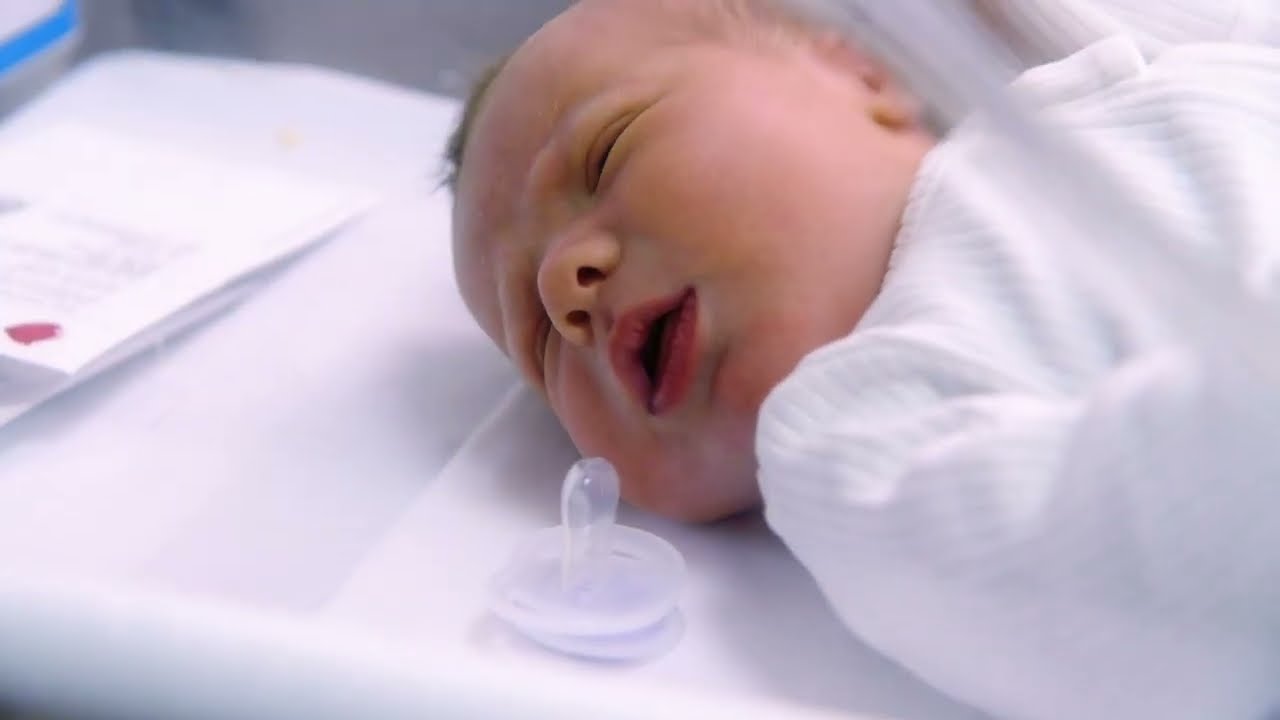Neonatal Oxygen Saturation Testing in Veterinary Clinics
The importance of neonatal oxygen saturation testing cannot be overstated in veterinary clinics. Newborn animals, like human infants, are highly susceptible to respiratory issues and other conditions that can compromise their oxygen levels. Early detection of such issues is crucial for effective treatment and recovery.
Neonatal oxygen saturation monitoring involves the use of pulse oximetry, a non-invasive method used to measure the percentage of hemoglobin in the blood saturated with oxygen (SaO2). This test provides vital information about the health status of the neonate’s respiratory system. In veterinary settings, this can be particularly critical as it helps identify potential problems early on and allows for timely intervention.
Pulse oximetry works by emitting light through a sensor placed on the animal's skin, typically on their ear or tail. The light is then absorbed differently based on the oxygen content in the blood, allowing the device to calculate the percentage of oxyhemoglobin present. This data can be displayed in real-time on a monitor, providing immediate feedback.
The procedure for neonatal oxygen saturation testing involves several steps. First, the veterinarian selects an appropriate sensor size and type suitable for the specific animal species. Next, the sensor is placed on the animal's ear or tail, ensuring proper contact between the skin and the sensor. Once in place, the pulse oximeter begins to measure the oxygen levels in real-time.
The results of this test are critical for determining the adequacy of the neonate’s oxygen supply. Abnormal readings can indicate various conditions such as respiratory distress syndrome (RDS), congenital diaphragmatic hernia (CDH), or other issues that may require immediate medical attention.
For accurate and reliable testing, it is important to follow specific protocols recommended by international standards like ISO 80601-2-79:2015. These guidelines ensure the safe and effective use of pulse oximeters in veterinary settings. By adhering to these standards, veterinarians can ensure that their equipment functions optimally and provides accurate results.
The benefits of neonatal oxygen saturation testing extend beyond just diagnosing respiratory issues. It also plays a crucial role in monitoring the overall health and well-being of newborn animals. Regular checks can help identify subtle changes in oxygen levels that might not be apparent through other means. Early detection allows for prompt interventions, which can significantly improve survival rates and quality of life.
In conclusion, neonatal oxygen saturation testing is an essential tool in veterinary clinics, offering valuable insights into the health status of newborn animals. By following established protocols and using reliable equipment, veterinarians can provide accurate and timely care, ensuring better outcomes for their patients.
Applied Standards
The practice of neonatal oxygen saturation testing in veterinary clinics is guided by several international standards that ensure accuracy, reliability, and safety. One such standard is ISO 80601-2-79:2015, which provides specific requirements for the performance of pulse oximeters used in medical applications.
Another important standard is IEC 61243-2, which deals with the performance and safety aspects of optical sensors. These standards are crucial for ensuring that the pulse oximeters used in veterinary clinics meet the necessary quality and safety criteria.
For more detailed information on these standards, please refer to the official websites provided above or consult your local regulatory bodies.
Industry Applications
| Application | Description |
|---|---|
| Newborn Animal Monitoring | Continuous monitoring of oxygen saturation levels in newborn animals to detect early signs of respiratory distress or other issues. |
| Prenatal Care | Assisting veterinarians in providing prenatal care by identifying potential issues before birth. |
| Post-Operative Care | Monitoring oxygen saturation levels post-surgery to ensure the neonate recovers without complications. |
| Infectious Disease Monitoring | Detecting and monitoring the effects of infectious diseases on an animal’s oxygenation status. |
- Newborn Animal Monitoring: This involves continuous observation to ensure that the neonate is receiving adequate oxygen, which can help prevent long-term health issues.
- Prenatal Care: Early detection of potential problems allows for proactive management and intervention during pregnancy.
- Post-Operative Care: Ensuring the neonate’s recovery process goes smoothly by monitoring their oxygen levels post-surgery.
- Infectious Disease Monitoring: Helps in understanding how an infectious disease affects the animal's ability to maintain proper oxygenation levels.
Competitive Advantage and Market Impact
- Precision: By adhering to strict standards like ISO 80601-2-79:2015, our tests ensure high precision and reliability.
- Early Detection: The ability to detect respiratory issues early can lead to more effective treatment strategies, improving outcomes for patients.
- Compliance: Ensuring compliance with international standards helps in maintaining the highest level of patient care and safety.
The use of neonatal oxygen saturation testing in veterinary clinics not only enhances the quality of care provided but also contributes positively to the market. By offering accurate, reliable, and safe tests, we help veterinarians make informed decisions that can lead to better health outcomes for their patients. This service is particularly valuable in high-stakes environments where early intervention is critical.
Our commitment to quality and safety ensures that our services are at the forefront of veterinary care, setting a benchmark for excellence across the industry.





